13 Beginner Tips for Starting Your Own Indoor Vegetable Garden
Growing your vegetables indoors is a rewarding way to enjoy fresh produce all year round, even in small spaces. With the right tools and knowledge, you can easily create a thriving indoor garden that fits your lifestyle. From choosing the best vegetables to understanding light and watering needs, taking a few simple steps can set you up for success. Whether you’re a beginner or looking to improve your indoor gardening skills, these tips will help you grow healthy, delicious vegetables in the comfort of your home.
This post may contain affiliate links, which helps keep this content free. Please read our disclosure for more info.
Choose the Right Location
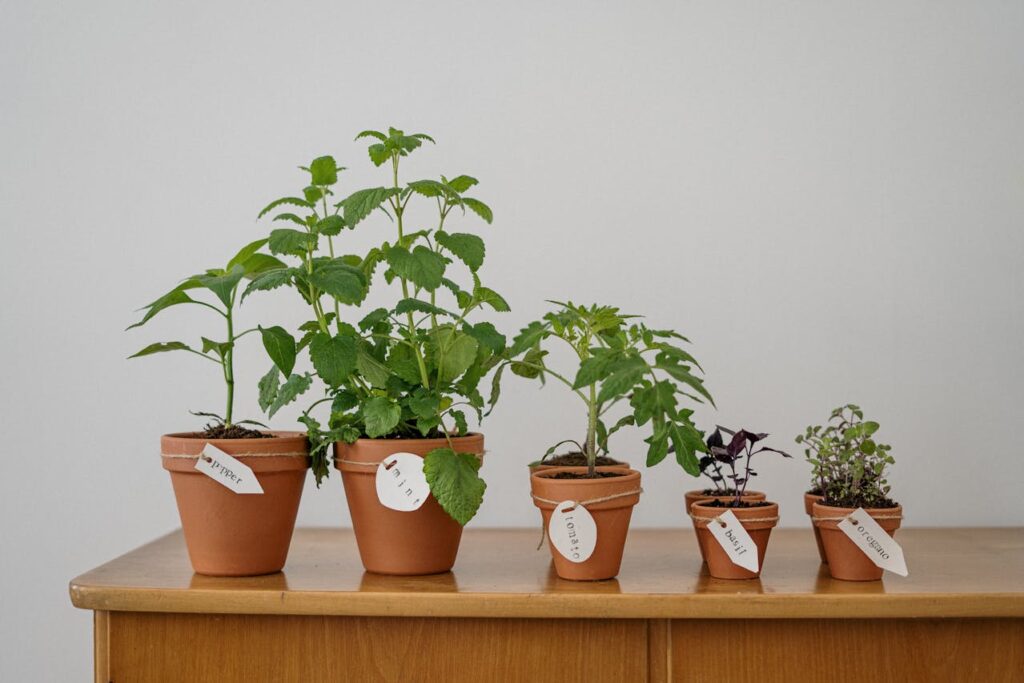
When selecting a location for your indoor vegetable garden, sunlight is your top priority. Most vegetables need at least six hours of sunlight a day to grow successfully, so try to find a bright, south-facing window. If your space lacks natural light or is only partially sunny, supplement it with grow lights to mimic sunlight. Grow lights come in different types, such as fluorescent and LED, both of which provide the necessary spectrum for healthy plant growth.
Temperature is another important consideration when choosing the right location. Keep the indoor garden in a room where the temperature remains steady, ideally between 65°F to 75°F. This range ensures optimal plant growth, as extreme heat or cold can harm your vegetables. Avoid placing your garden near heaters or air conditioners, as temperature fluctuations may stress your plants.
Use the Right Containers
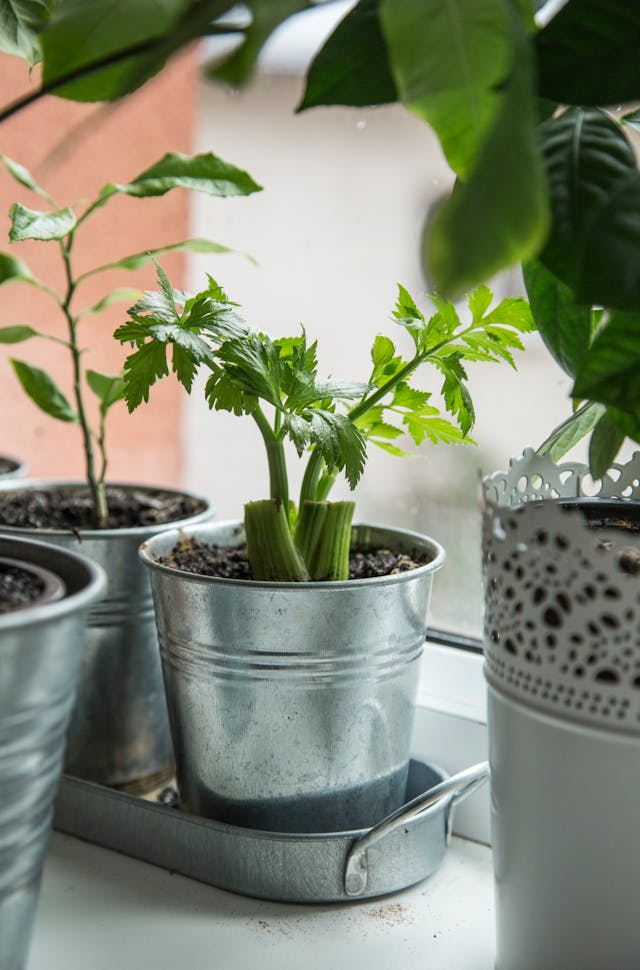
Choosing the proper containers is essential for the success of your indoor garden. Pots should be large enough to allow the roots of your vegetables to grow freely, while also ensuring that water can drain easily. Containers without drainage holes can lead to waterlogged soil and root rot, so make sure your pots have adequate drainage. If you are working with a smaller space, consider using self-watering planters to reduce the frequency of watering while still providing enough moisture.
The material of the container also plays a role in plant health. Plastic pots retain moisture and are lightweight, making them easy to move around. However, they may not provide the same level of airflow as clay or ceramic pots, which are more breathable. Experiment with different materials and sizes to find what works best for the vegetables you are growing.
Select the Right Vegetables
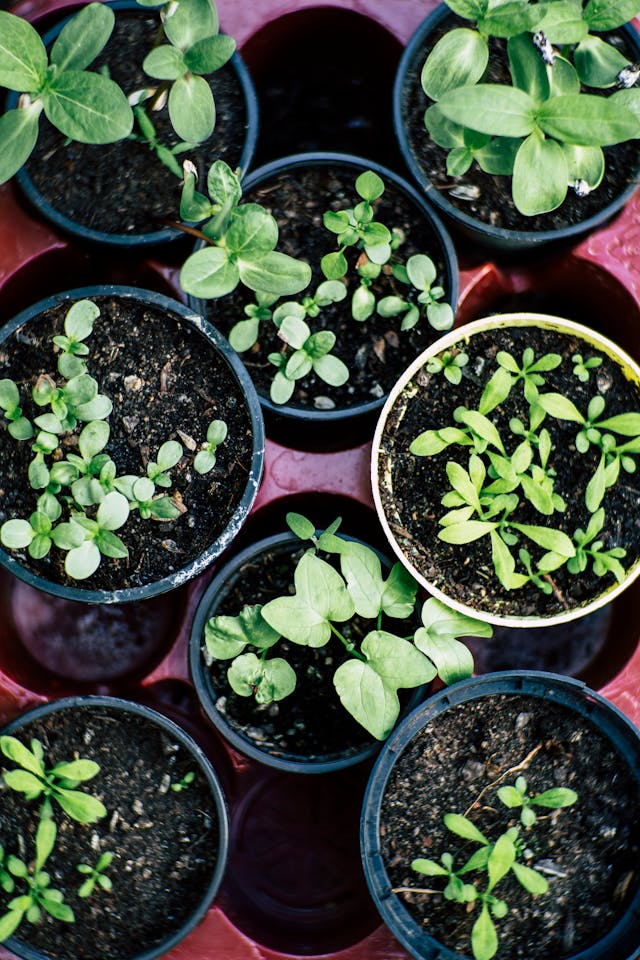
When growing vegetables indoors, it is important to select varieties that thrive in smaller spaces and under controlled conditions. Leafy greens like lettuce, spinach, and kale are ideal for indoor gardening as they require less sunlight and can be grown in containers without taking up much room. Herbs such as basil, parsley, and cilantro also do well indoors and can be harvested frequently, giving you fresh herbs for cooking.
Some vegetables, such as tomatoes, peppers, and cucumbers, require a lot of light and space. These may be harder to grow indoors unless you have a sunny space and large containers. To start, focus on easy-to-grow vegetables and herbs, and once you are comfortable, try incorporating larger varieties that may need extra care.
Ensure Proper Watering
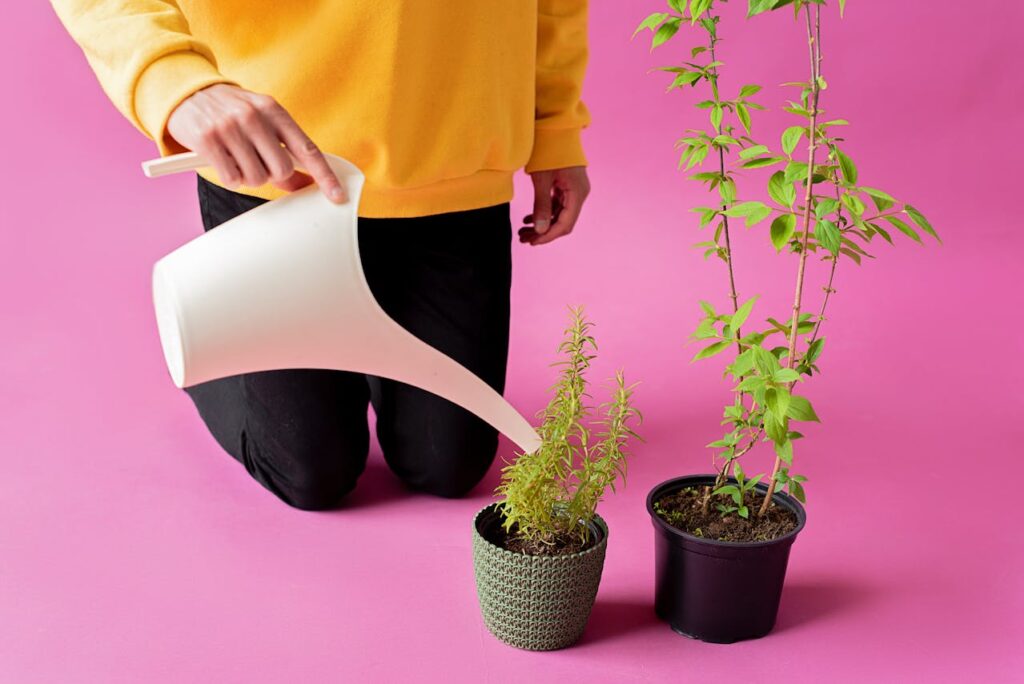
Watering is one of the most important aspects of indoor gardening. Indoor vegetables generally need less frequent watering than outdoor plants, as the soil tends to dry out more slowly indoors. To avoid overwatering, check the soil moisture regularly by sticking your finger about two inches into the soil. If the soil feels dry at that depth, it’s time to water; if it still feels moist, hold off for another day.
Overwatering can lead to root rot, a common issue in indoor gardens. It is crucial to ensure that your containers have drainage holes to allow excess water to escape. Always empty any excess water from the saucer beneath the pot to prevent the roots from sitting in stagnant water, which could harm your plants.
Maintain Proper Humidity
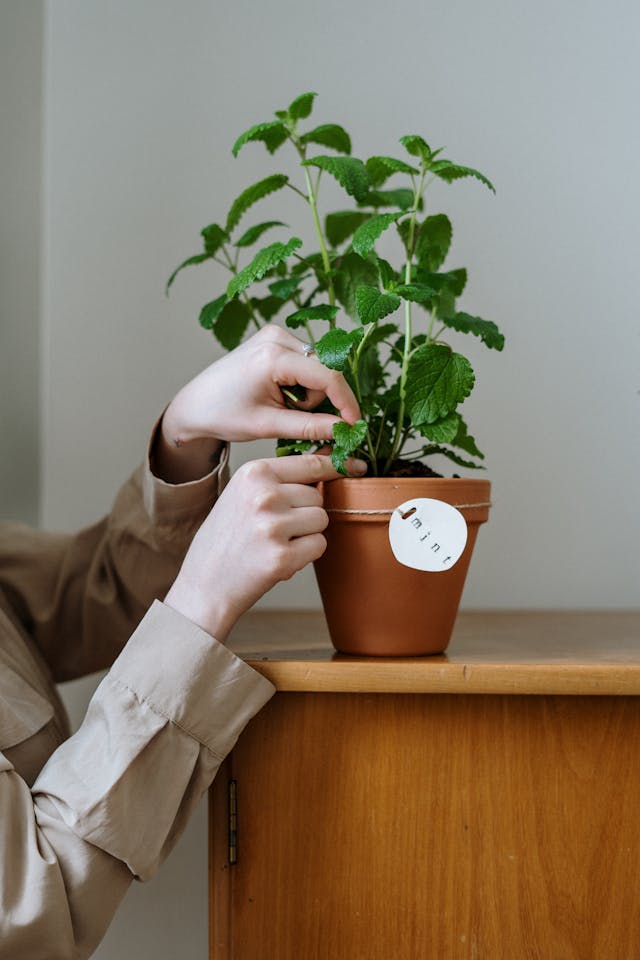
Indoor environments tend to be drier than outdoor spaces, especially in winter when heating systems are running. Most vegetables, especially leafy greens, prefer a more humid environment. To maintain the right humidity levels, you can place a shallow tray of water near your plants or use a humidifier to increase the moisture in the air. Grouping your plants can also help, as the moisture released from their leaves creates a mini microclimate around them.
Keep an eye on your plants for any signs of stress, such as dry or crispy leaves, which may indicate that the humidity is too low. Conversely, excessive moisture can lead to mold growth and fungal diseases. It is important to find a balance and adjust your methods based on your plants’ specific needs.
Optimize Light Conditions
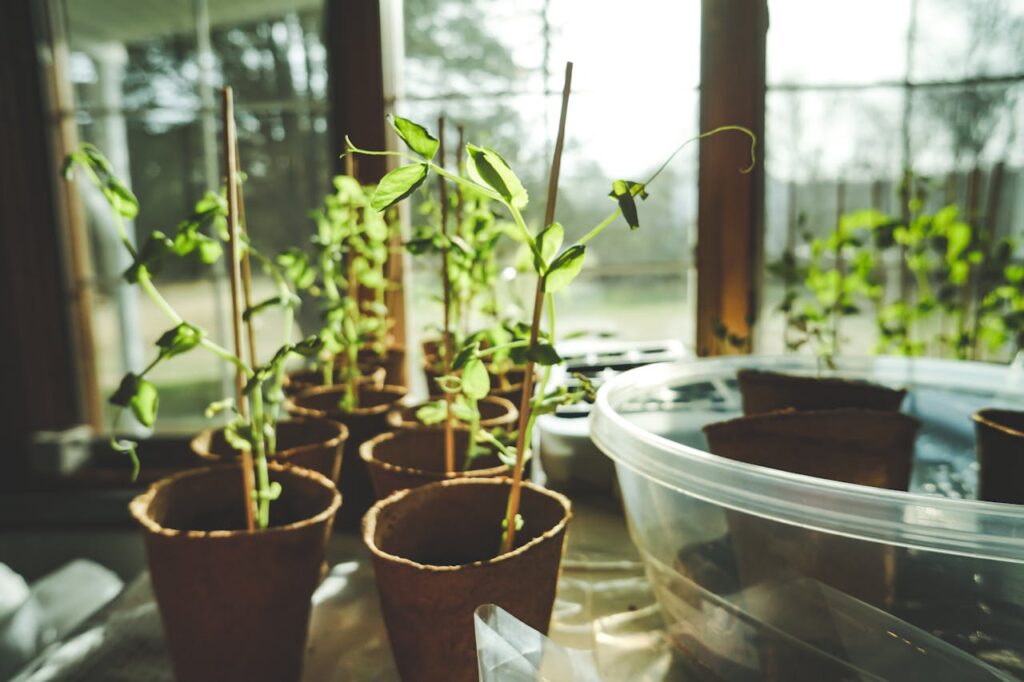
Light is crucial for indoor vegetable growth, as it supports photosynthesis and helps plants thrive. If your space has access to natural sunlight, place your vegetables near a window that gets the most sunlight during the day. For those with limited sunlight, grow lights can provide the necessary light spectrum for healthy growth. LED and fluorescent grow lights are efficient options, providing light without generating too much heat.
To ensure even growth, keep the grow lights positioned 6 to 12 inches above the plants and use a timer to maintain a consistent light cycle, ideally 12 to 16 hours a day. Rotate your plants regularly to ensure that all sides receive equal light exposure, promoting uniform growth. If you are growing tall plants, raise the lights gradually as the plants grow to avoid light burn.
Keep an Eye on Pests
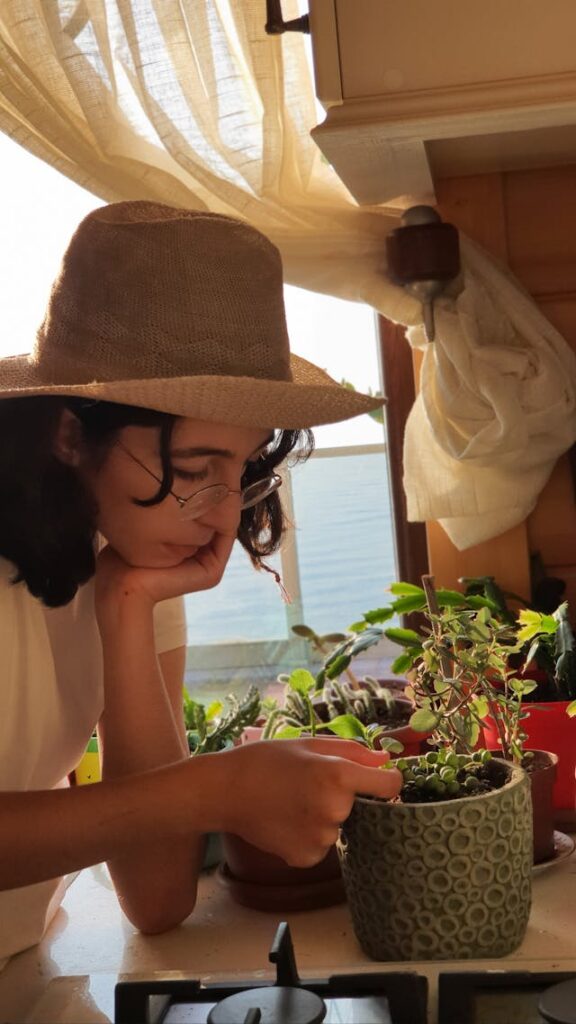
Pests are a common issue even in indoor vegetable gardens. Common indoor pests include aphids, spider mites, and whiteflies, which can damage plants by sucking out their sap. Regularly inspect your plants for signs of pests, such as yellowing leaves, sticky residue, or visible insects. If you spot pests, treat the plants with natural remedies like neem oil or insecticidal soap, which are safe and effective.
To prevent pest problems, maintain a clean gardening area and avoid overcrowding your plants. Pests can often come from new plants, so quarantine any new arrivals for a week or two to ensure they are not carrying any unwanted guests. If you have a major infestation, removing heavily affected plants can help protect the rest of your garden.
Use High-Quality Soil
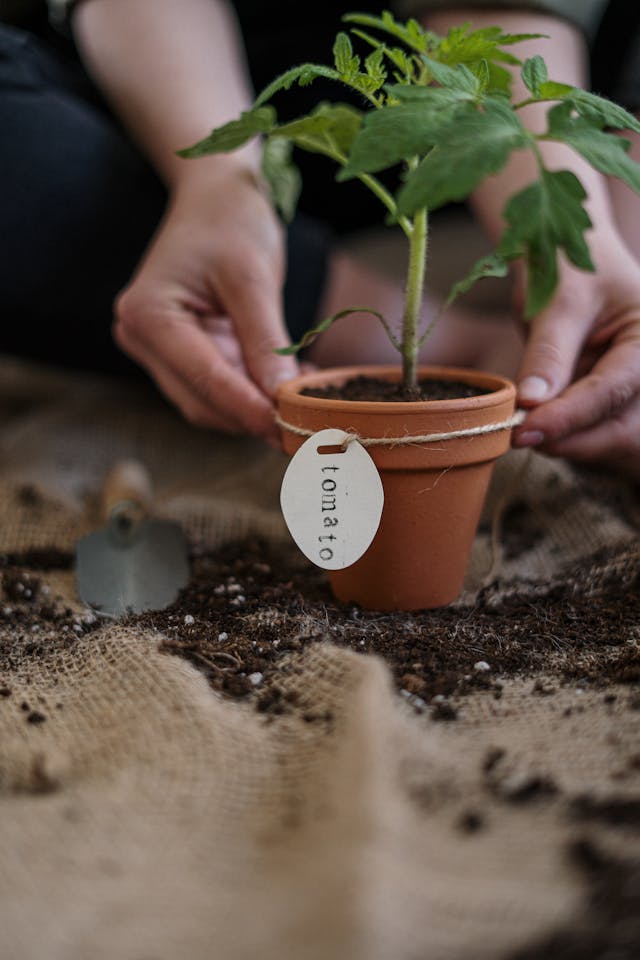
Soil quality is one of the most important factors when growing vegetables indoors. It is best to use a light, well-draining potting mix rather than garden soil. Potting soil is designed to retain just the right amount of moisture while still allowing excess water to drain away, which is essential for healthy root development. Many potting soils also contain nutrients that will support plant growth.
To further enhance the quality of your soil, you can add compost or organic matter, which will improve soil structure and provide additional nutrients. Regularly check the condition of your soil and replace it as needed to prevent it from becoming compacted or depleted of nutrients.
Fertilize Regularly

Indoor vegetables often need more frequent feeding than outdoor plants since they are confined to containers and cannot access nutrients from the surrounding soil. Use a balanced, water-soluble fertilizer to provide your plants with essential nutrients such as nitrogen, phosphorus, and potassium. Be sure to follow the manufacturer’s instructions to avoid over-fertilizing, as too much fertilizer can harm the plants.
For best results, fertilize your vegetables every two to four weeks, depending on the type of plant. During the growing season, you may need to increase the frequency of fertilizing to support rapid growth. Organic fertilizers like compost tea are also an excellent option for providing slow-release nutrients.
Prune and Harvest Properly
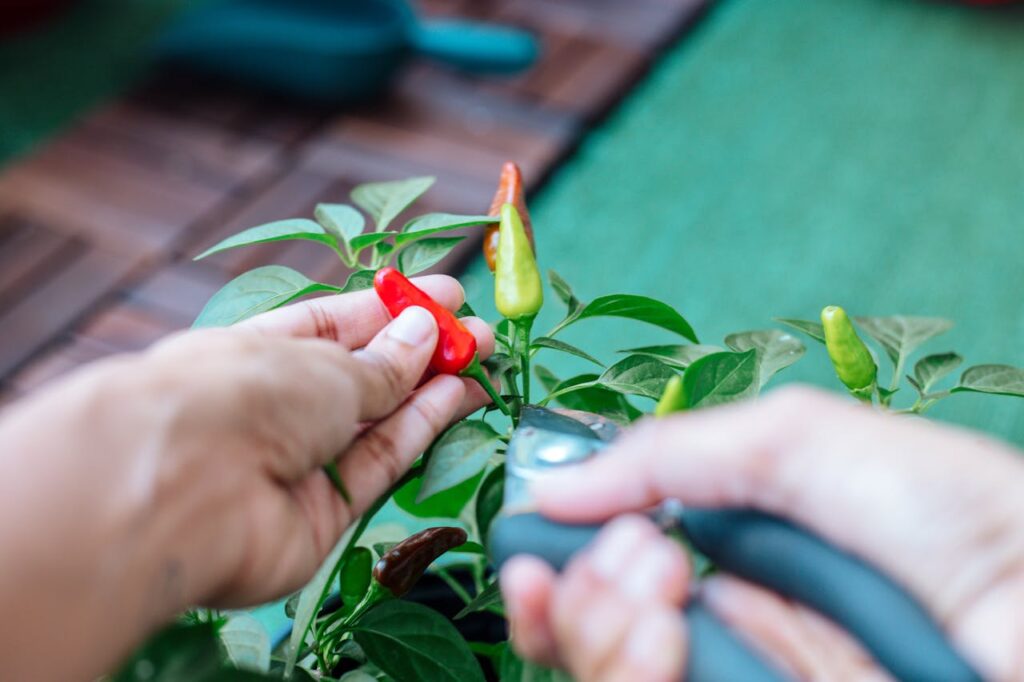
Pruning your plants regularly helps to maintain their health and encourages new growth. Remove any yellowing or dead leaves to prevent the spread of disease and to allow the plant to focus its energy on producing healthy foliage and vegetables. Pinch back the tips of plants like basil and tomatoes to encourage branching and more fruit production.
When it comes time to harvest, be sure to use clean, sharp scissors or garden shears to avoid damaging the plant. Harvesting regularly helps to keep the plant productive, as it signals to the plant to continue producing. Always harvest in the morning when the plant is well-hydrated and fresh.
Use Vertical Gardening Techniques

If you are limited on space, vertical gardening is an effective way to maximize your indoor garden. Vertical planters, hanging baskets, or trellises can help you grow vegetables like peas, beans, cucumbers, and tomatoes, which naturally climb. Using these methods keeps your plants off the ground, saving space while also improving air circulation and reducing the risk of pests.
Vertical gardening is especially useful for small indoor spaces. Not only does it help you grow more, but it also adds an aesthetic touch to your home. Consider investing in a vertical hydroponic system for a more advanced, soil-free option if you are looking for a way to grow a larger number of vegetables indoors.
Monitor Plant Growth

Regularly checking the growth of your plants is important for catching any problems early. Look for signs such as wilting, yellowing leaves, or distorted growth, which may indicate issues with water, light, or pests. If your plants seem to be growing too slowly or not thriving, it may be time to adjust their environment, such as moving them to a brighter spot or improving the humidity.
Keeping a gardening journal can help you track the progress of your plants, note any changes, and record the care routine. This will help you identify patterns in plant growth and make informed adjustments for future crops. It will also give you a better understanding of how to meet the specific needs of different vegetables.
Control Indoor Temperature
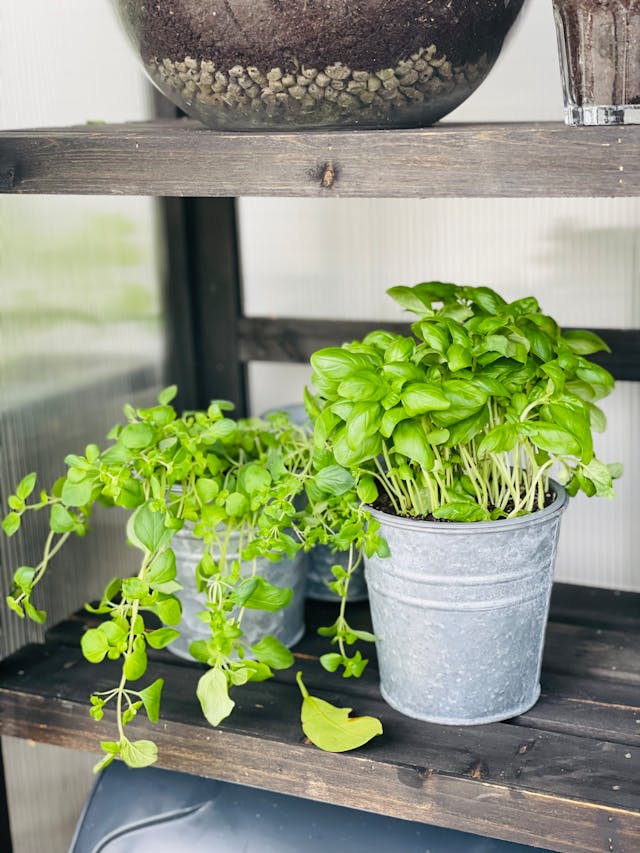
Temperature plays a key role in plant health, especially in indoor gardens. Most vegetables thrive in temperatures between 65°F and 75°F, so make sure your indoor garden stays within this range. Avoid placing your plants near air conditioners, heaters, or drafty windows, as sudden temperature fluctuations can stress plants and stunt growth.
Using a thermometer to monitor the temperature in the room can help you maintain consistent conditions. In colder months, you may need to use a space heater or fan to regulate the room temperature. Conversely, if the temperature is too high, using a fan or opening a window can help cool the space.
This article originally appeared on Avocadu.
